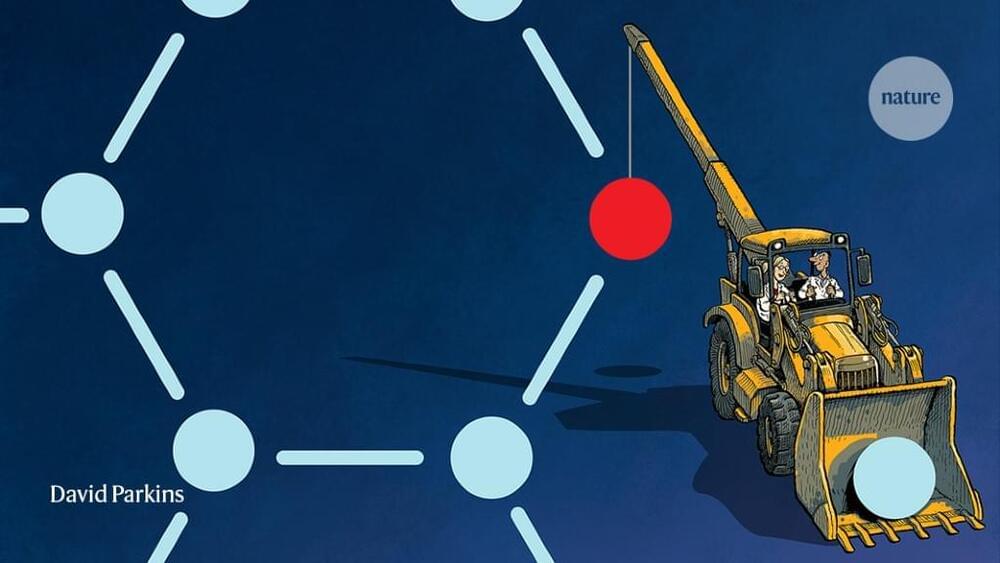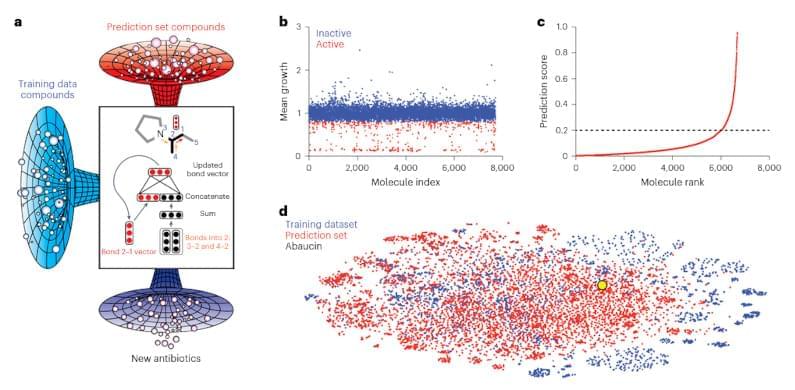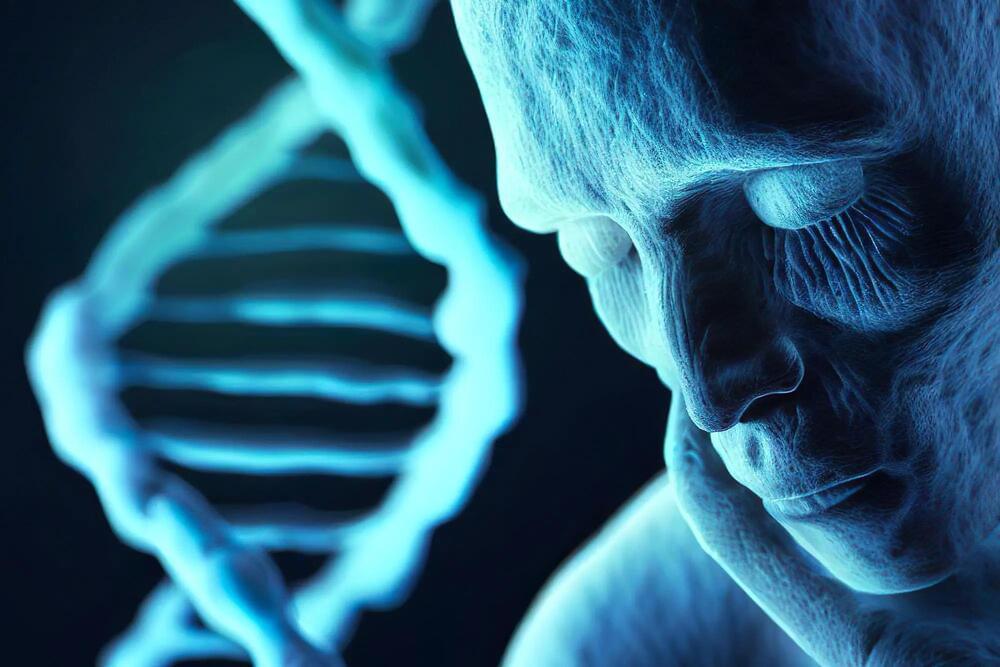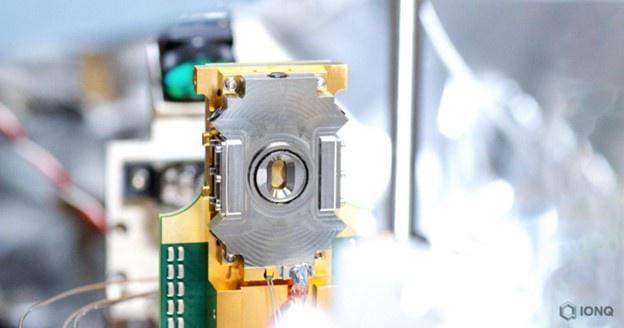Jun 3, 2023
‘Hot pixels’ attack steals data through CPU readings
Posted by Michael Taylor in categories: computing, security
A team of security researchers at Georgia Tech, the University of Michigan and Ruhr University Bochum in Germany has reported a new form of side-channel attack that capitalizes on power and speed management methods used by graphics processing units and systems on a chip (SoCs).
The researchers demonstrated how they could steal personal information by targeting data released by the Dynamic Voltage and Frequency Scaling (DVFS) mechanisms found on most modern chips.
As manufacturers race to develop thinner and more energy-efficient devices, they must train their sights on constructing SoCs that balance power consumption, heat generation and processing speed.
















